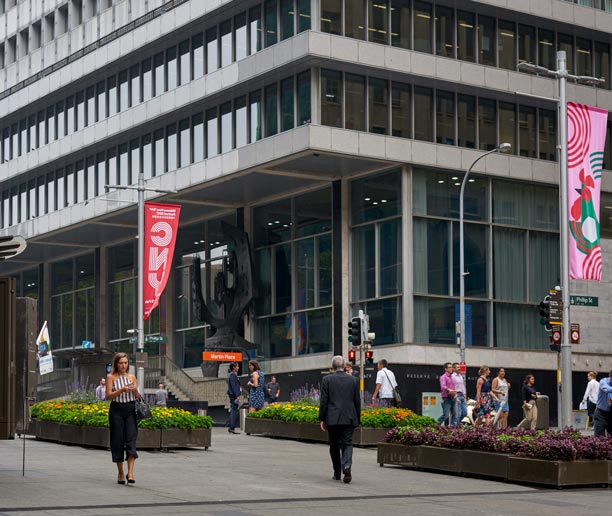The statement delivered today by RBA Governor, Philip Lowe, to the House of Representatives Standing Committee on Economics contains the now familiar nod towards risks associated with high household debt. “Too much borrowing today can create problems for tomorrow, because debt does have to be repaid”. Exactly!
One area that we are watching closely is the cycle in residential construction activity, as the upswing has helped support the economy over recent years. The rate of new building approvals has slowed, but there is a large amount of work still in the pipeline, particularly for apartments, so we still expect some further growth in this part of the economy this year. There has, however, been some tightening in conditions for property developers in some markets.
In the broader housing market, the picture remains quite complicated. There is not a single story across the country. In parts of the country that have been adjusting to the downswing in mining investment or where there have been big increases in supply of apartments, housing prices have declined. In other parts, where the economy has been stronger and the supply-side has had trouble keeping up with strong population growth, housing prices are still rising quickly. In most areas, growth in rents is low. And recently we have seen a pick-up in growth in credit to investors, which needs to be watched carefully.
In terms of consumer prices, a year ago we had expected the inflation rate to remain above 2 per cent. It has turned out to be lower than this last year, at around 1½ per cent. Wage growth has been quite subdued, reflecting spare capacity in the labour market and the adjustment to the unwinding of the mining investment boom. We anticipate the subdued outcomes to continue for a while yet. Increased competition in retailing is also having an effect on prices, as is the low rate of increase in rents.
We do not expect the rate of inflation to fall further. Our judgement is that there are reasonable prospects for inflation to rise towards the middle of the target over time. The recent improvement in the global economy provides some extra assurance on this front. Headline inflation is expected to be back above 2 per cent later this year, boosted by higher prices for petrol and tobacco. The pick-up in underlying inflation is expected to be more gradual.
Since we appeared before this Committee last September, the Reserve Bank Board has kept the cash rate unchanged at 1.5 per cent.
At its recent meetings the Board has been paying close attention to the outlook for inflation as well as two other issues: trends in household borrowing and in the labour market.
One of the ways in which monetary policy works is to make it easier for people to borrow and spend. But there is a balance to be struck. Too much borrowing today can create problems for tomorrow, because debt does have to be repaid. At the moment, most households with borrowings do seem to be coping pretty well. But the current high level of debt, combined with low nominal income growth, is affecting the appetite of households to spend, and we are seeing some evidence of this in the consumption figures. The balance that is required is to support spending in the economy today while avoiding creating fragilities in household balance sheets that could cause problems for the economy later on. This is also something we need to watch carefully.
Trends in the labour market are also important. As in the housing market, the picture in the labour market varies significantly around the country. Overall, the unemployment rate has been steady now for a little over a year at around 5¾ per cent. In a historical context this would have been considered a good outcome, although, today, a sustainably lower unemployment rate should be possible in Australia. The other aspect of the labour market that is worth noting is the continuing trend towards part-time employment. Over the past year, all the growth in employment is accounted for by part-time jobs. There is a structural element to this, but it is also partly cyclical. We expect that the unemployment rate will remain around its current level for a while yet.
The Reserve Bank Board continues to balance these various issues within the framework of our flexible medium-term inflation target, which aims to achieve an average rate of inflation over time of 2 point something. Our judgement is that the current setting of the cash rate is consistent with both this and achieving sustainable growth in our economy. We will continue to review that judgement at future meetings.


2 thoughts on “Household Debt Has Become An RBA Thematic”